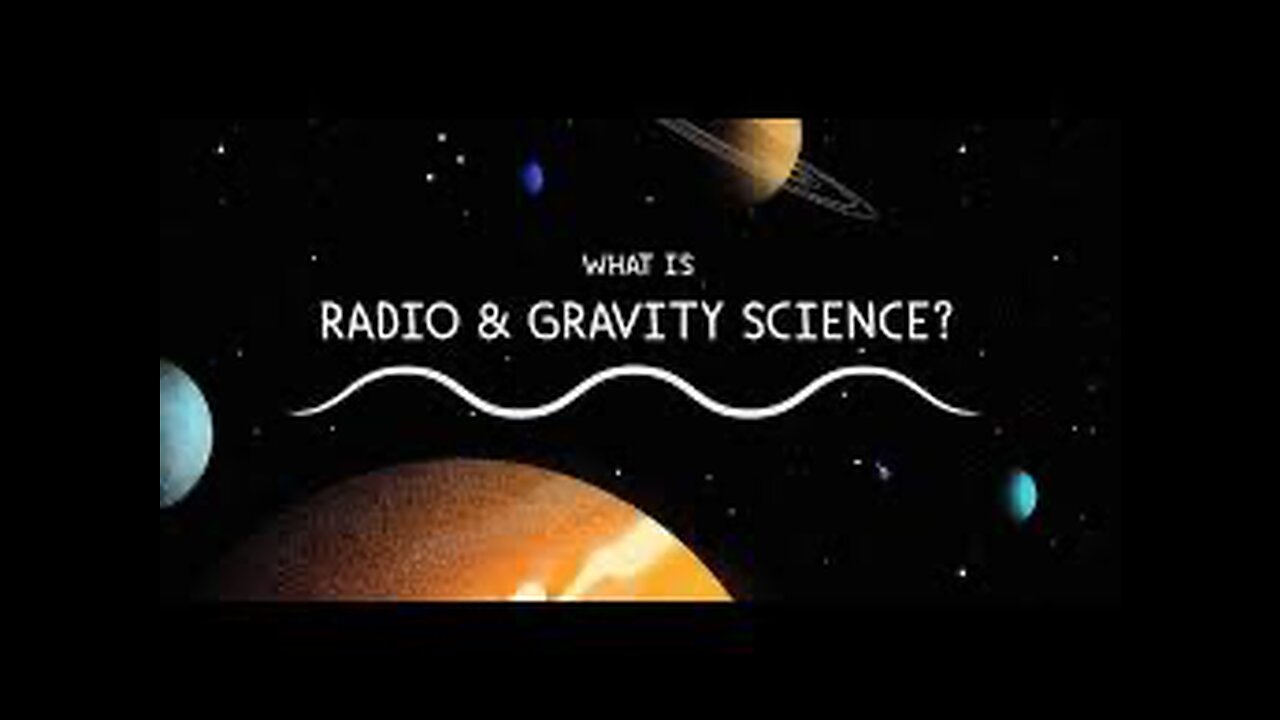Premium Only Content

How NASA Uses Gravity and Radio Waves to Study Planets and Moons
The Deep Space Network, NASA’s international collection of giant radio antennas used to communicate with spacecraft at the Moon and beyond, helps scientists and engineers use gravity and radio science experiments to learn more about our planetary neighborhood.
After reaching a spacecraft reaches its destination, it uses radio antennas to communicate with the Deep Space Network, which in turn transmits radio signals back to the spacecraft. Every spacecraft travels in a predetermined path emitting radio signals as it orbits around its target. Scientists and engineers can infer the spacecraft's location and how fast it's going by measuring changes in the spacecraft's radio signal frequency. This is made possible by the Doppler effect, the same phenomenon that causes a siren to sound different as it travels towards and away from you.
The Doppler phenomenon is observed here when the spacecraft and the Deep Space Network antenna move in relation to each other. Differences between the frequency of radio signals sent by the spacecraft as it orbits and signals received on Earth give us details about the gravitational field of a planetary body. For example, if the gravity is slightly stronger, the spacecraft will accelerate slightly more. If gravity is slightly weaker, the spacecraft will accelerate slightly less. By developing a model of the planetary body's gravitational field, which can be mapped as a gravitational shape, scientists and researchers can deduce information about its internal structure.
The Deep Space Network was developed by and is managed by NASA’s Jet Propulsion Laboratory (JPL) in Southern California. The antennas of the Deep Space Network are the indispensable link to robotic explorers venturing beyond Earth. They provide the crucial connection for commanding our spacecraft and receiving never-before-seen images and scientific information on Earth, propelling our understanding of the universe, our solar system and ultimately, our place within it.
JPL manages the Deep Space Network for the Space Communications and Navigation (SCaN) Program, based at NASA Headquarters within the Space Operations Mission Directorate.
Learn more about the DSN at go.nasa.gov/about-dsn
Learn more about the DSN and the Doppler Shift at
• How Do We Know Where F...
-
 LIVE
LIVE
Nikko Ortiz
1 hour agoReaction Time.... | Rumble LIVE
151 watching -

Badlands Media
13 hours agoBadlands Daily: October 3, 2025
38.6K5 -
 LIVE
LIVE
Caleb Hammer
3 hours agoNo F*cking Way | Financial Audit
119 watching -
 LIVE
LIVE
The Big Mig™
3 hours agoIran The Great Game w/ Igor Lopatonok
7,013 watching -
 1:40:17
1:40:17
Dear America
3 hours agoDem Shutdown Just Gave Trump FULL POWER To Slash The Government!!! + TPUSA Speaks Out!
87.1K57 -
 LIVE
LIVE
Viss
1 hour ago🔴LIVE - The Tactics You Need To Dominate The Battleground - PUBG 101
84 watching -
 LIVE
LIVE
iCkEdMeL
2 hours ago $1.08 earnedChicago Erupts in ICE Protest as Diddy Faces Judge’s Hammer
106 watching -
 1:01:12
1:01:12
Crypto Power Hour
3 hours ago $0.67 earned#1 AI Driven BTC & ETH Crypto Trading Platform w/ Max Pace
15.9K7 -
 1:01:13
1:01:13
Chad Prather
14 hours agoWhen God Delays: Trusting Jesus in the Waiting Room of Life
60.4K47 -
 1:57:11
1:57:11
The Chris Salcedo Show
14 hours ago $5.79 earnedDems Have Always Been For Giving Your Money To Illegals
43.5K4
